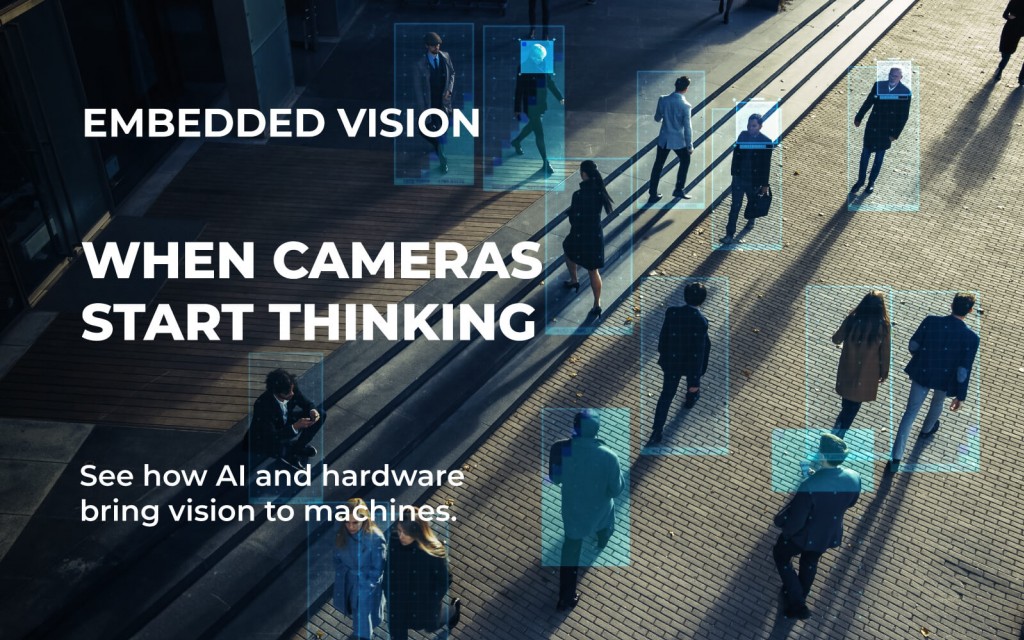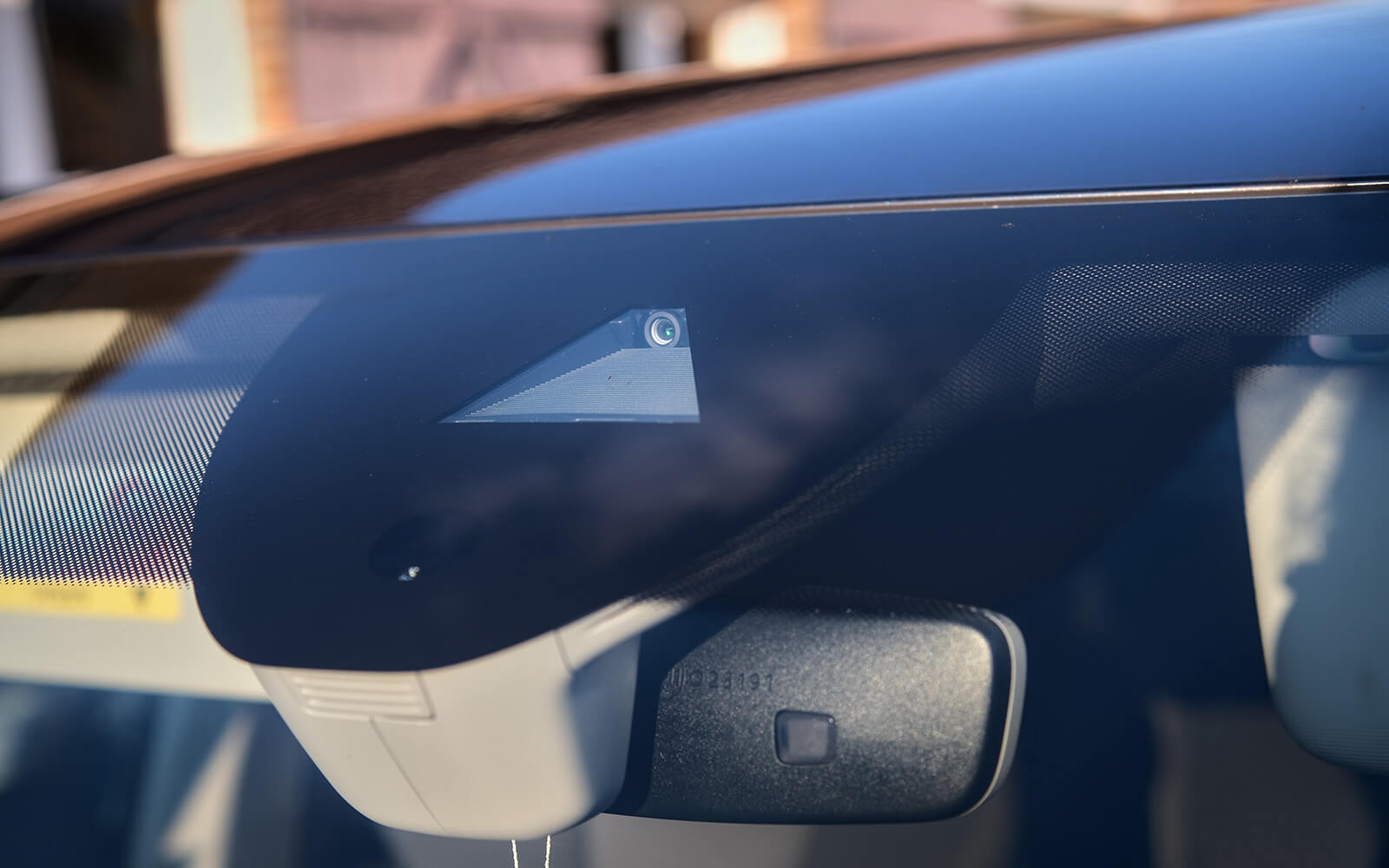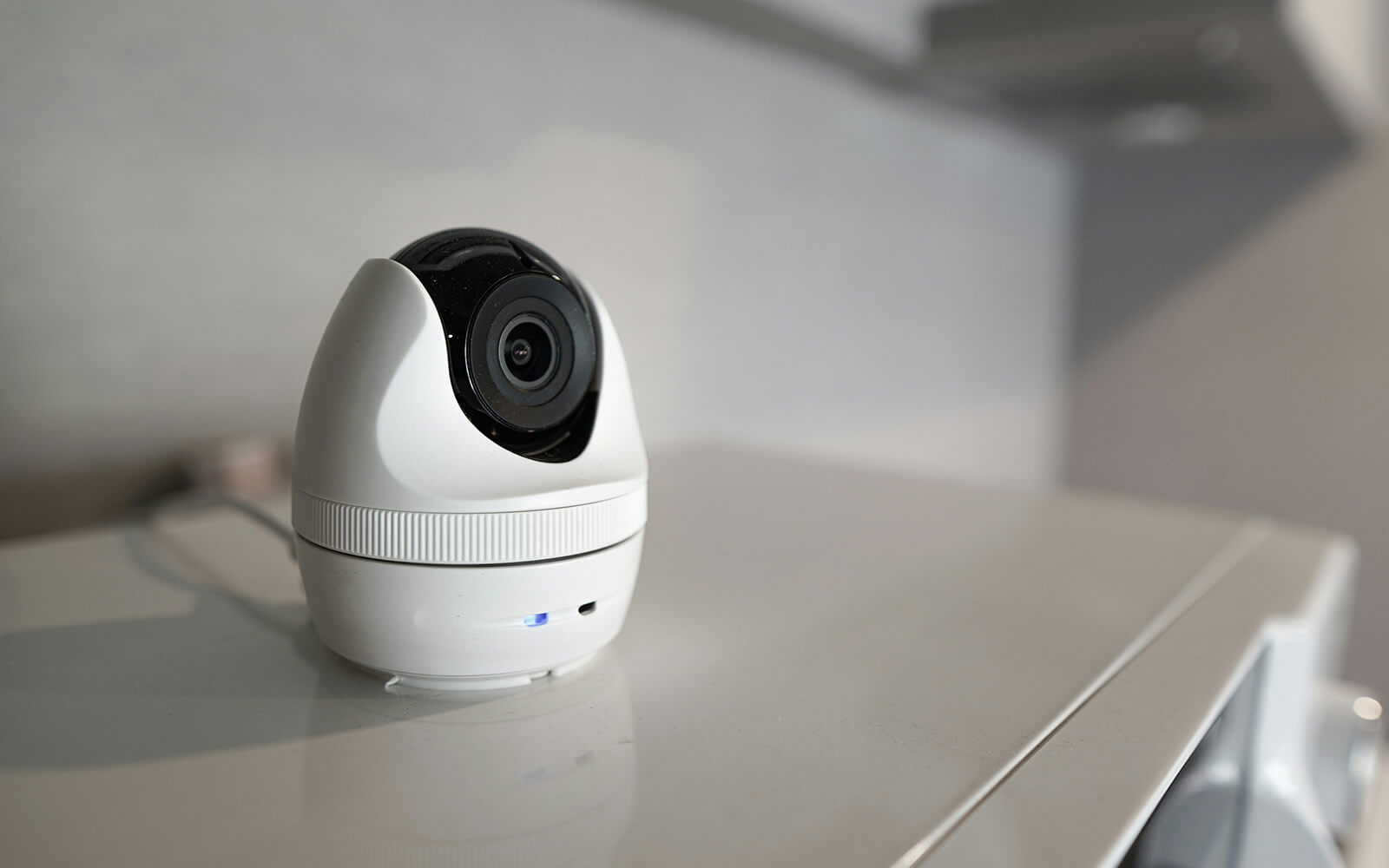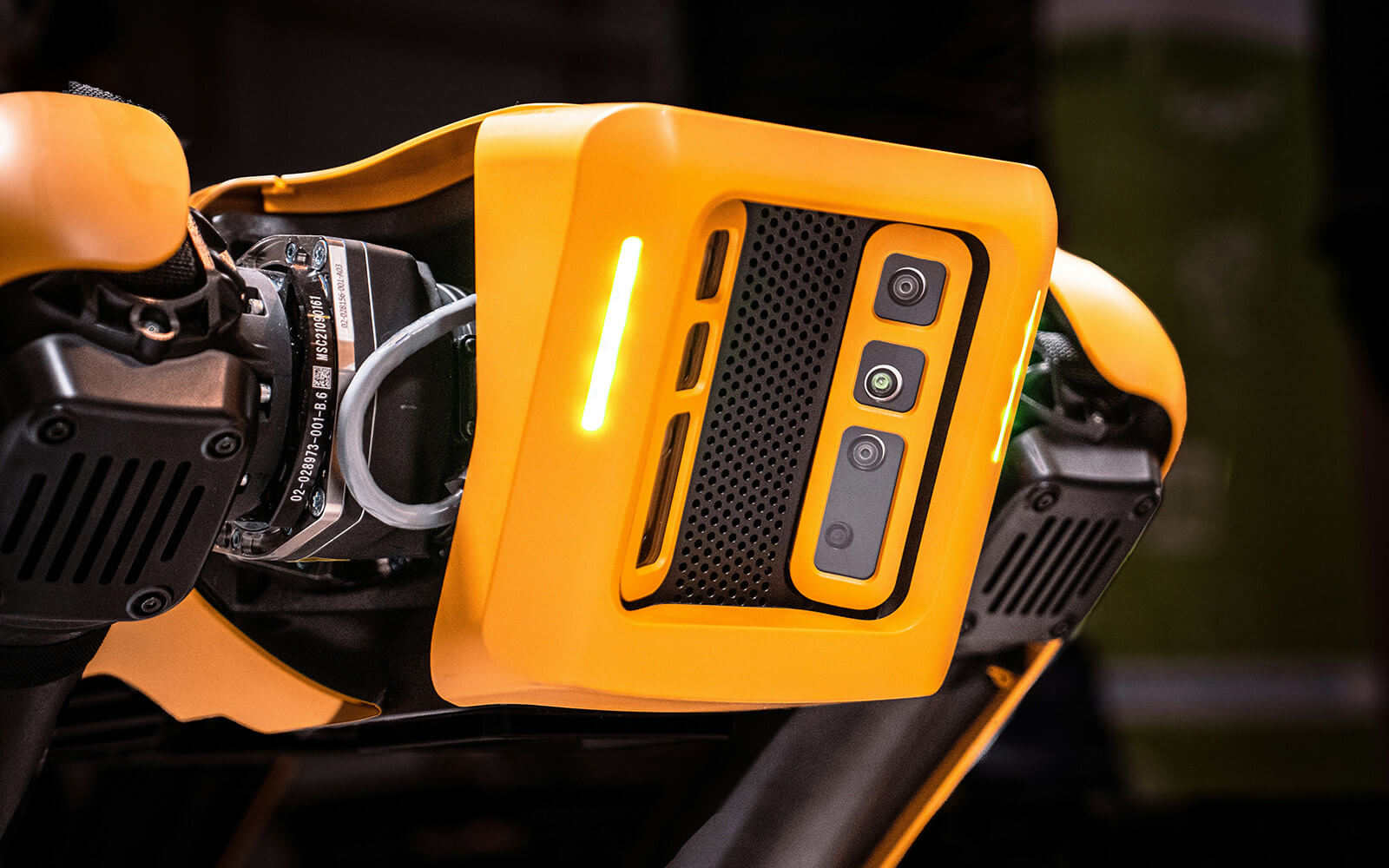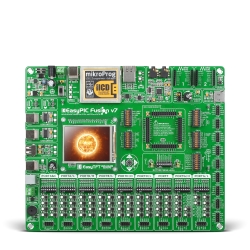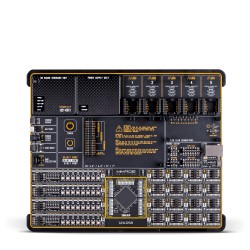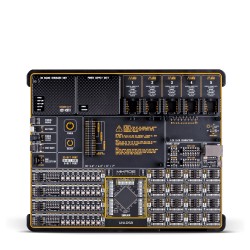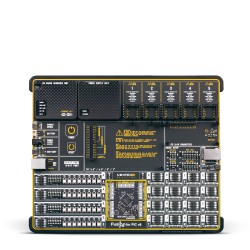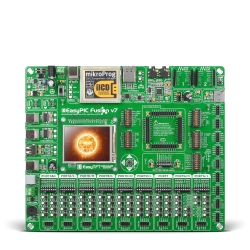Embedded vision systems are transforming the way we interact with technology. They integrate cameras and artificial intelligence into hardware, enabling devices to see and interpret their surroundings.
This technology is not just about capturing images. It's about understanding and responding to visual data in real-time. This capability opens up a world of possibilities across various industries.
From autonomous vehicles to industrial automation, embedded vision is making a significant impact. It's enhancing efficiency, improving safety, and driving innovation.
In this article, we'll delve into the fascinating world of embedded vision systems. We'll explore how cameras and AI are integrated, and examine their applications and future prospects.
Introduction to Embedded Vision
Embedded vision represents a vital fusion of imaging hardware with intelligent algorithms. It brings forth a new era of machine perception. Unlike traditional vision systems, embedded vision systems are designed for real-time processing. They are more compact and energy-efficient, making them suitable for a diverse range of environments.
The miniaturization of components has enabled embedded vision to be part of more devices. This technology integrates seamlessly with the Internet of Things (IoT), expanding the capabilities of smart devices. As the demand for smarter, autonomous systems grows, embedded vision becomes increasingly significant.
From manufacturing floors to our homes, embedded vision is everywhere. It offers intelligent insights that automate processes and enhance decision-making. By combining visuals with smart analysis, embedded vision systems empower devices to perform tasks traditionally handled by humans, revolutionizing technology's role in our lives.
Understanding Embedded Vision Systems
Embedded vision systems are compact, intelligent devices that combine hardware and software to interpret visual data. Unlike traditional setups that need large computers, embedded systems pack everything needed into a small unit. This integration allows them to be efficient and cost-effective. They are designed for specific purposes, providing the needed insights with minimal resources.
These systems can process and analyze images in real-time. This capability is crucial for applications requiring immediate responses, like robotics or automotive safety. One key feature is their ability to operate independently. They don't rely heavily on external resources, which increases their reliability and speed.
In addition to efficiency, embedded vision systems offer robustness. They can withstand harsh environments and varying conditions, making them ideal for industrial and outdoor use. Their ability to work in different settings without losing performance is a testament to the technology's resilience. They are, therefore, poised to transform sectors by leveraging visual data processing.
Definition and Components
An embedded vision system consists of compact hardware integrated with intelligent software. Key components include an embedded camera, processors, and memory. These parts work together to capture, process, and analyze visual data.
The embedded camera acts as the system's eyes, capturing images or video. Processors and memory handle data swiftly. Together, they enable the system to perform tasks efficiently and autonomously.
How Embedded Vision Works
Embedded vision operates by capturing images through an embedded camera. The system then processes these visuals using onboard algorithms. This processing often involves real-time image analysis to extract necessary information.
Advanced image processing techniques allow the system to recognize patterns and objects. They can also trigger actions based on the analysis, such as alerting users or adjusting device behavior. This seamless operation is crucial for applications that demand precision and speed, enhancing efficiency in various fields.
The Role of Embedded Cameras
Embedded cameras are essential in embedded vision systems, acting as their visual source. They are small yet powerful, designed to capture high-quality images or videos in various environments. Their compact size allows them to be integrated into a wide range of devices, enhancing flexibility. These cameras play a critical role in gathering raw data, which is then processed by the system.
By providing real-time imagery, embedded cameras enable systems to make fast, informed decisions. They are pivotal in applications where immediate analysis is required, such as in autonomous vehicles and medical diagnostics.
The constant advancements in camera technology continue to improve resolution and functionality. This improvement enhances the accuracy and efficiency of embedded vision systems, broadening their potential use across industries.
Types of Embedded Cameras
There are several types of embedded cameras, each suited for specific tasks. Common types include digital, infrared, and stereo cameras. Digital cameras are versatile and often used for standard visual tasks. Infrared cameras are specialized for low-light or night-time conditions, detecting heat signatures. Stereo cameras capture depth information, crucial for applications needing 3D imaging.
Each type brings unique capabilities, enhancing the system's flexibility and functionality. Choosing the right camera depends on the desired application and environment.
Integration of Embedded Cameras in Systems
Embedding a camera into a vision system involves more than simple attachment. It requires seamless integration with processors and software. Cameras must sync with the system's algorithms to capture and process visuals effectively. This integration ensures efficiency, allowing the system to deliver precise results swiftly.
Moreover, embedded cameras need to function cohesively with other system components. Calibration and synchronization are vital to avoid processing delays. Proper integration ensures that data flows smoothly, maintaining the system's performance and reliability. This careful coordination is crucial for maximizing the camera's potential and optimizing the overall system.
Embedded Vision Applications
Embedded vision systems have a wide array of applications across various industries. These systems streamline operations and enhance decision-making processes by providing real-time insights. From improving safety to optimizing efficiency, their applications are vast and impactful.
They transform how industries operate by introducing automation and precision. The deployment of embedded vision stretches from manufacturing floors to retail stores and everywhere in between. Let's explore some specific areas where these systems have become indispensable.
Industrial Automation
In industrial automation, embedded vision systems play a vital role. They automate and streamline production processes, increasing efficiency and reducing error rates. Vision systems perform tasks such as quality inspection, object detection, and measurement with high precision.
Their ability to work continuously without fatigue ensures consistent output. This enhances product quality and cuts down on waste, ultimately improving the bottom line for manufacturers.
Smart Surveillance
Embedded vision is transforming security with smart surveillance solutions. These systems provide proactive monitoring, quickly identifying potential threats in real-time. They analyze video feeds using intelligent algorithms, flagging unusual activities or unauthorized access.
The integration of AI allows for facial recognition and behavior analysis, enhancing security measures. This smart surveillance improves the safety of public spaces, offices, and homes, contributing to a safer society.
Autonomous Vehicles
Autonomous vehicles heavily rely on embedded vision systems for navigation and obstacle detection. These systems process vast amounts of visual data to make split-second decisions. They assist vehicles in recognizing traffic signs, pedestrians, and other vehicles, ensuring safe transit.
By continuously scanning the environment, they adapt to changes and avoid collisions. The accuracy and reliability of embedded vision systems are crucial for the advancement and trust in autonomous transportation technologies.
AI Integration in Embedded Vision
The fusion of AI and embedded vision is revolutionizing technology. AI algorithms empower these systems by enhancing their decision-making capabilities. Embedded vision systems use AI to recognize patterns and make predictions in complex environments.
The combination aids in interpreting vast datasets swiftly and accurately. This integration is key to the efficiency and performance of modern vision systems. It paves the way for new possibilities and applications.
Deep Learning Algorithms
Deep learning algorithms are central to this transformation. They enable systems to learn from experience and improve over time. Such algorithms help in accurately detecting, classifying, and understanding objects and scenes. With continuous learning, systems get smarter, offering improved precision and adaptability. This results in superior vision applications.
Edge Computing and Processing
Edge computing brings computation closer to the data source. This reduces latency and enhances real-time processing capabilities. Embedded vision systems leverage edge processing to analyze data swiftly and efficiently.
By minimizing the need to transfer data to central servers, they operate faster and save bandwidth. Edge computing ensures optimal performance in dynamic and challenging environments.
Challenges in Embedded Vision Systems
Embedded vision systems face several challenges in their development and deployment. Designing systems that operate efficiently under varied lighting and environmental conditions is complex. Balancing power efficiency with high processing capabilities remains a tough task. Furthermore, integrating these systems into existing infrastructure without compatibility issues can be difficult.
Future Prospects of Embedded Vision
Embedded vision technology is poised for significant growth and innovation. New advancements like 3D imaging and hyperspectral imaging promise enhanced capabilities. As AI and semiconductor technology evolve, embedded vision will become more sophisticated. Its potential applications across various industries will continue to expand, driving further technological advancements.
Conclusion
Embedded vision systems are transforming technology integration with AI and embedded cameras. They offer promising applications across industries, enhancing efficiency and innovation. As these systems evolve, their impact on both technology and society will likely expand, driving new advancements and opening up more possibilities for the future.
EMBEDDED VISION POWERED BY NEXT-GEN DEVELOPMENT BOARDS
When working with embedded vision systems, processing power, flexibility, and modular expansion are critical. That’s where our 8th and 7th Generation universal development boards come in. Designed with high-performance MCUs, fast peripheral integration, and support for advanced communication interfaces, these boards are ideal platforms for building intelligent vision-based applications.
Thanks to the standardized mikroBUS™ sockets, you can rapidly integrate camera modules, AI accelerators, or any other necessary peripherals without custom hardware design. Whether you’re prototyping object recognition, motion tracking, or visual feedback systems, these boards provide a robust and future-proof foundation for scalable embedded vision projects.
ABOUT MIKROE
MIKROE is committed to changing the embedded electronics industry through the use of time-saving industry-standard hardware and software solutions. With unique concepts like Remote Access, One New Product/Day, Multi-Architectural IDE and most recently, the EmbeddedWiki™ platform with more than million ready-for-use projects, MIKROE combines its dev boards, compilers, smart displays, programmers/debuggers and 1850+ Click peripheral boards to dramatically cut development time. mikroBUS™; mikroSDK™; SiBRAIN™ and DISCON™ are open standards and mikroBUS only has been adopted by over 100 leading microcontroller companies and integrated on their development boards.
Your MIKROE











